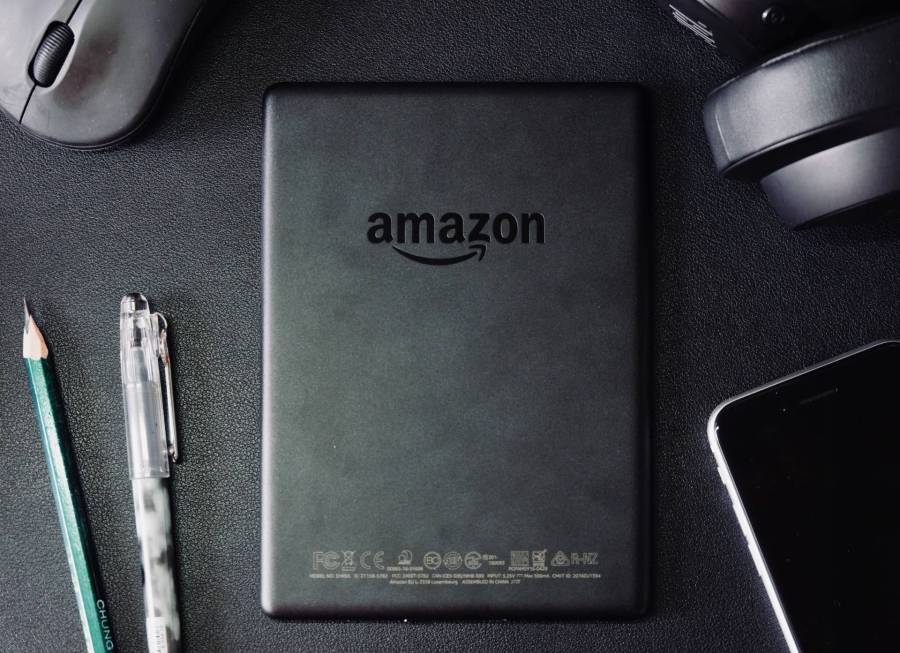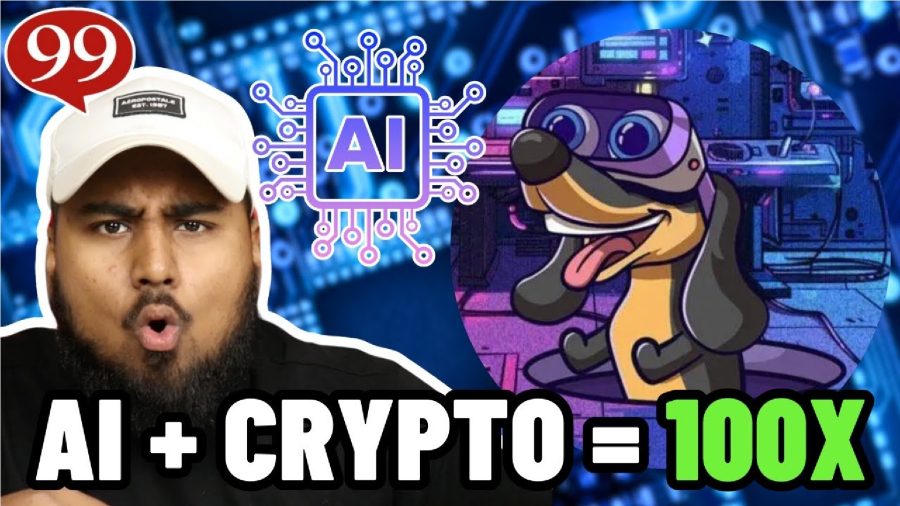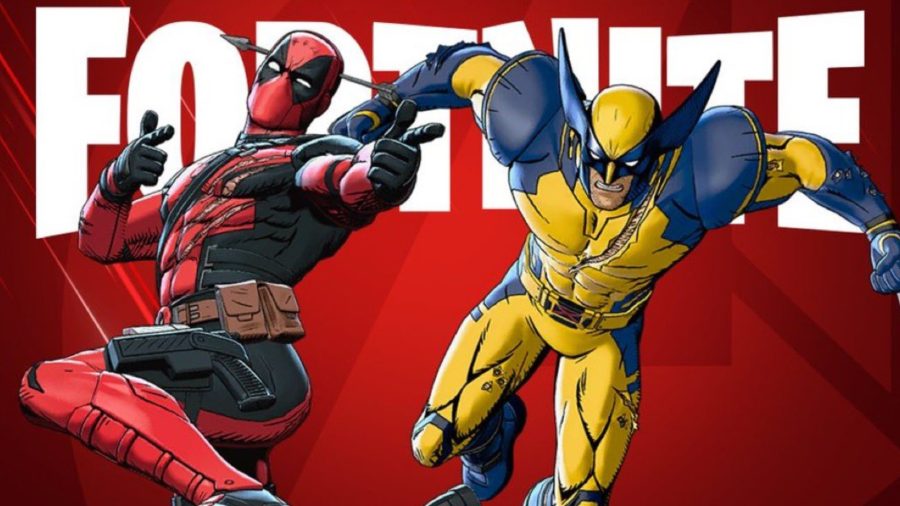In a world where convenience is king, Amazon continues to push the boundaries of innovation. One such breakthrough is their cutting-edge palm-scanning payment technology known as Amazon One. This revolutionary system allows customers to make purchases by simply hovering their palm above a reader device. Since its launch in 2020, Amazon One has been gaining traction and expanding its reach across various locations in the United States. Today, we delve into the details of this biometric payment system and explore its recent expansion to over 500 Whole Foods Market stores nationwide.
Amazon One was introduced in 2020 as a way to streamline the checkout process and provide customers with a seamless shopping experience. The concept was simple yet groundbreaking – instead of fumbling for wallets or phones, customers could now pay by using their palm as a unique identifier.
Initially, Amazon One was made available at select locations, including Amazon’s own retail stores and entertainment venues. Over time, it has gained popularity, reaching a significant milestone of over 3 million uses across more than 400 locations in the U.S. These locations have included Amazon Go convenience stores, sports stadiums, airports, and even Panera Bread through a partnership announced in March 2023.
Today, Amazon takes another leap forward by announcing the widespread expansion of Amazon One to all 500+ Whole Foods Market stores nationwide by the end of the year. This move aims to enhance the shopping experience for Whole Foods customers, allowing them to make purchases without the need for a wallet or a phone. By simply hovering their palm over the reader device, customers can complete their transactions effortlessly.
Leandro Balbinot, the Chief Technology Officer at Whole Foods Market, expressed excitement about the expansion, highlighting the convenience Amazon One brings to customers. He stated, “Since we’ve introduced Amazon One at Whole Foods Market stores over the past two years, we’ve seen that customers love the convenience it provides, and we’re excited to bring Amazon One to all of our customers across the U.S.”
Amazon One operates by capturing and analyzing the unique palm signature of each customer. This signature is then associated with the customer’s payment card on file, allowing for a seamless and secure payment process. To use the system, customers can pre-enroll via the web using their credit or debit card, Amazon account, and mobile number. Alternatively, they can complete the enrollment process at an Amazon One device in-store.
Once enrolled, customers can make purchases at any participating location by hovering their palm over the Amazon One reader device. The system quickly identifies the individual’s palm signature, authorizes the payment, and charges the customer for their purchases. Additionally, Prime subscribers who link their Amazon One profile with their Amazon account can enjoy savings applied as a membership perk.
In addition to its convenience, Amazon One has recently introduced new features to enhance the customer experience. The palm-scanning technology can now verify customers’ ages, allowing for the purchase of age-restricted items such as adult beverages. Coors Field became the initial adopter of this enhanced version of the system in May, enabling customers to purchase beer at sports events by simply hovering their palm over the reader.
The introduction of age verification opens up new possibilities for Amazon One, as it combines biometrics with payment card information and Amazon accounts. This integration enables Amazon to track customers both online and offline, providing highly personalized ads and recommendations. By leveraging this data, Amazon aims to boost its revenue while offering customers a tailored shopping experience.
With the introduction of any new technology that handles personal data, privacy concerns naturally arise. Amazon One has faced scrutiny since its launch, prompting the retailer to address these concerns proactively. Amazon emphasizes that customer information is securely stored in its own AWS Cloud, protected by multiple security controls. Furthermore, the palm image itself is not used for identification purposes; instead, a unique palm “signature” is created using the palm and underlying vein pattern. This signature is then converted into a numerical vector representation, ensuring customer privacy and security.
To alleviate further concerns, Amazon explicitly states that palm data will never be shared with third parties unless legally required to comply with a binding order. The proprietary nature of Amazon One’s palm and vein imagery makes it unusable and unmatchable with data from other sources, ensuring that third parties cannot access or utilize the information for any reason. Amazon One palm data is also not used for marketing purposes, and it will not be bought or sold to other companies.
Despite these assurances, privacy advocacy groups and consumer privacy concerns have influenced certain organizations to abandon their plans to use Amazon One. Denver Arts and Venues, for example, had initially intended to implement Amazon One for ticketless entry at Red Rocks Amphitheater. However, they cut ties with Amazon after concerns were raised regarding the potential sharing of palmprint data with government agencies and the risk of data breaches.
In summary, the expansion of Amazon One to all Whole Foods Market stores showcases Amazon’s commitment to revolutionizing the shopping experience. With the convenience of palm-scanning payments, customers can now make purchases effortlessly, leaving their wallets and phones behind. As Amazon continues to innovate and enhance the capabilities of Amazon One, it is crucial to address privacy concerns and prioritize the protection of customer data.
As this groundbreaking technology becomes more prevalent, it is essential for consumers and organizations to assess the risks and benefits associated with biometric payment systems. While the convenience and personalized experience offered by Amazon One are undeniable, it is crucial to ensure that privacy and security remain at the forefront of technological advancements.
First reported on TechCrunch
Frequently Asked Questions
Q. What is Amazon One, and how does it work?
Amazon One is a cutting-edge palm-scanning payment technology introduced in 2020. It allows customers to make purchases by hovering their palm above a reader device. The system captures and analyzes the unique palm signature of each customer and associates it with their payment card on file. Once enrolled, customers can use Amazon One to complete transactions at participating locations with ease.
Q. Where can I use Amazon One?
Amazon One was initially available at select locations, including Amazon’s own retail stores and entertainment venues. Over time, it has expanded to various locations in the U.S., such as Amazon Go convenience stores, sports stadiums, airports, and even Panera Bread through a partnership. Most notably, Amazon One is now being introduced at all 500+ Whole Foods Market stores nationwide.
Q. How can I enroll in Amazon One?
To use Amazon One, customers can pre-enroll via the web using their credit or debit card, Amazon account, and mobile number. Alternatively, they can complete the enrollment process at an Amazon One device in-store.
Q. What are the benefits of using Amazon One at Whole Foods Market stores?
Using Amazon One at Whole Foods Market stores offers customers a seamless and convenient shopping experience. Customers can make purchases without the need for a wallet or a phone by simply hovering their palm over the reader device. Additionally, Prime subscribers who link their Amazon One profile with their Amazon account can enjoy savings as a membership perk.
Q. Can Amazon One verify customer ages for age-restricted items?
Yes, Amazon One recently introduced the capability to verify customer ages. This feature allows customers to purchase age-restricted items, such as adult beverages, by hovering their palm over the reader device for age verification.
Q. How does Amazon One handle customer privacy and security?
Amazon One emphasizes that customer information is securely stored in its own AWS Cloud, protected by multiple security controls. The palm image is not used for identification purposes; instead, a unique palm “signature” is created using the palm and underlying vein pattern, which is converted into a numerical vector representation. Amazon One’s palm data will never be shared with third parties unless legally required to comply with a binding order. The data is proprietary, making it unusable and unmatchable with data from other sources, and it is not used for marketing purposes or sold to other companies.
Q. Are there any concerns about using Amazon One?
While Amazon has taken steps to address privacy concerns, some organizations and individuals have raised objections. Privacy advocacy groups and consumer privacy concerns influenced some organizations to abandon their plans to use Amazon One. For instance, Denver Arts and Venues decided against implementing Amazon One for ticketless entry at Red Rocks Amphitheater due to concerns about potential palmprint data sharing and data breaches.
Featured Image Credit: Unsplash

















